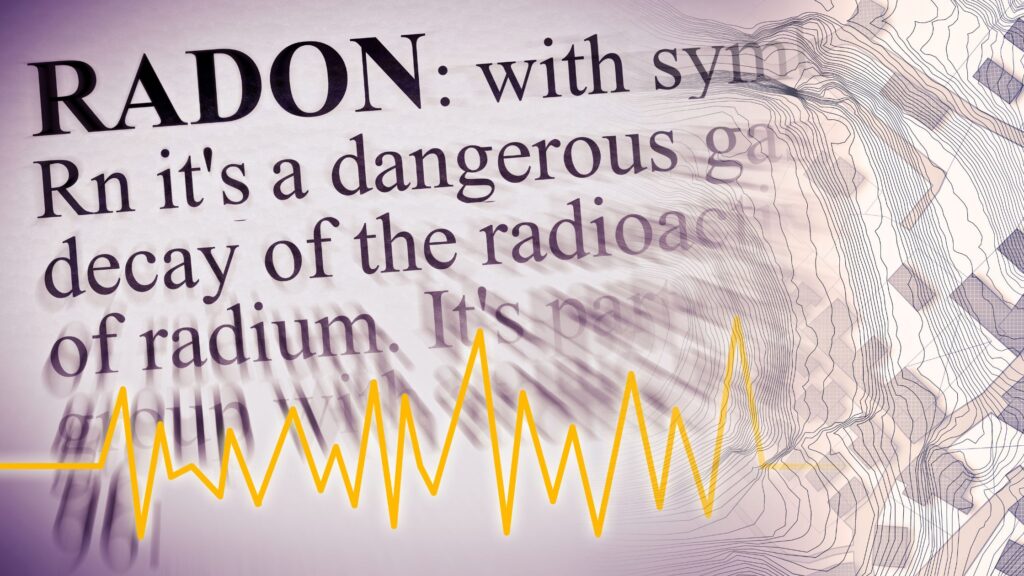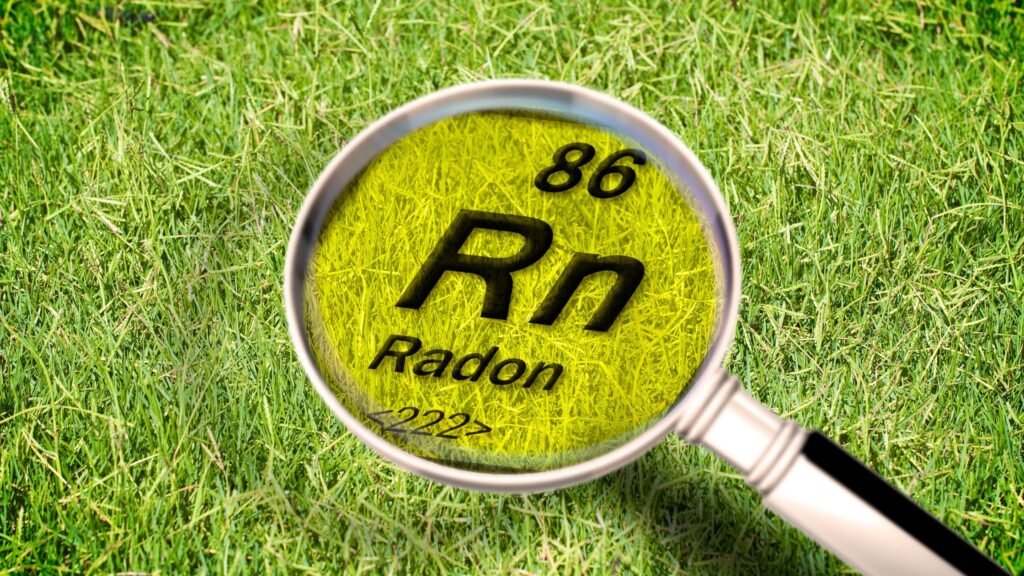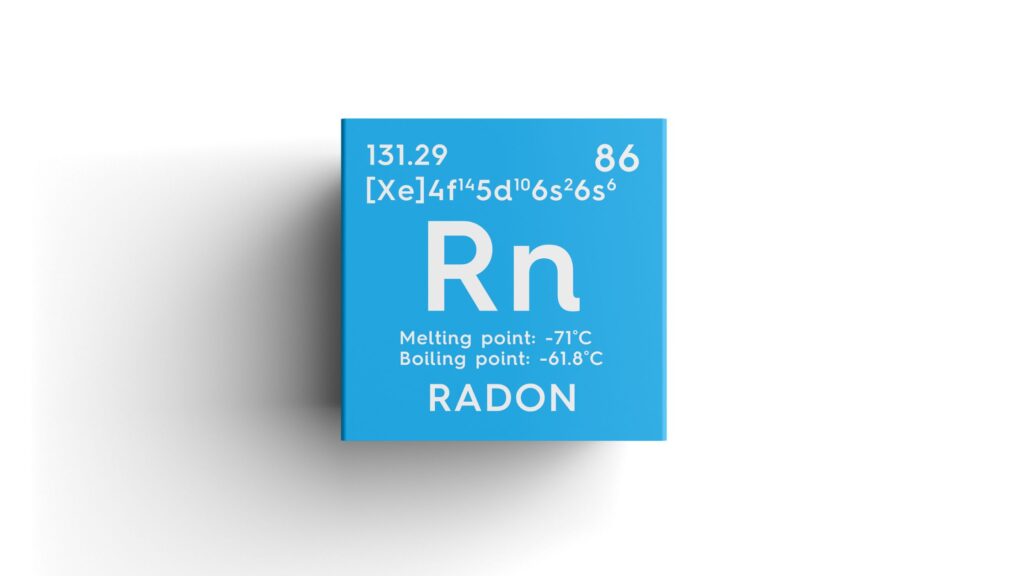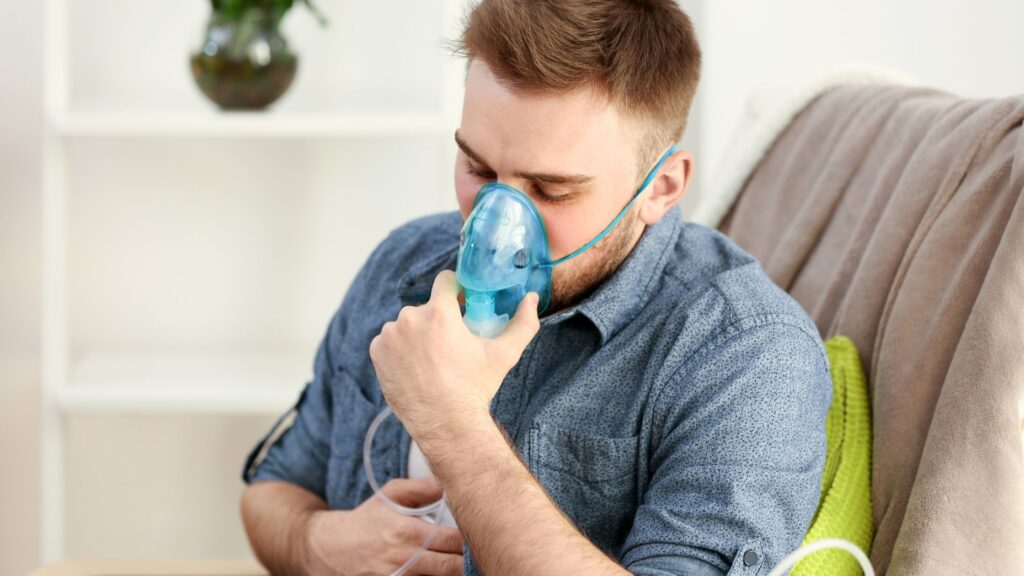Understanding where radon risks exist begins with the radon map of the USA — a nationwide guide that highlights regions with varying levels of potential exposure. This map helps homeowners, builders, and real-estate professionals take preventive action before problems arise, turning awareness into safety and informed decision-making for healthier indoor environments.

What Is the Radon Map of the USA?
The radon map of the USA is a visual representation developed to identify areas with higher or lower chances of elevated radon gas levels. Compiled from geological data, indoor radon testing, and soil characteristics, it divides every U.S. county into three risk zones.
- Zone 1 – High Risk: Counties expected to have average indoor levels above 4 pCi/L.
- Zone 2 – Moderate Risk: Counties with expected averages between 2 and 4 pCi/L.
- Zone 3 – Low Risk: Counties with typical readings below 2 pCi/L.
This zoning system doesn’t predict the exact level inside an individual home; instead, it indicates potential. The only way to confirm actual exposure is through professional radon testing. Learn more about Where Is Radon Found.
Why the Map Matters to Every Homeowner
The map serves as a crucial planning and awareness tool for anyone living in or building within the United States. Whether you’re a homeowner, buyer, or builder, the map helps you:
- Evaluate potential exposure based on location.
- Identify the need for testing before buying or renovating.
- Prioritize mitigation budgets where risk is higher.
- Promote health awareness and compliance with safety standards.
Even in lower-risk zones, homes can record high radon levels because soil, building design, and ventilation vary widely. That’s why experts emphasize testing regardless of geographic zone.
How to Interpret and Use the Map
Reading the radon map of the USA begins by finding your county and noting its color zone. If you fall within Zone 1, testing should be immediate. For Zones 2 and 3, regular testing every few years is recommended, especially if you’ve remodeled or added insulation.
Understanding the data isn’t enough — taking action is key. After testing, professional radon specialists can interpret results, identify entry points, and recommend mitigation methods. This proactive approach keeps indoor air safe and helps protect long-term property value.
Testing and Mitigation: Turning Data Into Safety
Before addressing radon, start with facts, not assumptions. Testing shows actual levels, and mitigation turns that data into safety. Here’s how to stay protected:
1. Start With a Test
Begin by using reliable short-term or long-term radon test kits to accurately measure indoor air levels. This first step helps identify hidden risks and provides the foundation for any safety action.
2. Analyze Results
If your results show readings higher than 4 pCi/L, consult a certified radon specialist immediately. Professional analysis ensures accurate interpretation and helps you choose the most effective mitigation approach.
3. Install a Mitigation System.
Opt for proven methods such as sub-slab depressurization, crawl-space ventilation, and sealing foundation cracks. These systems continuously lower radon levels, improving both safety and indoor air quality.
4. Retest After Installation
Once the mitigation system is installed, conduct a detailed follow-up test to confirm stable results. Continuous monitoring ensures that performance remains strong and that air quality stays within safe limits.
5. Continue Routine Checks
Schedule new tests every two years or after major structural changes. Regular monitoring maintains long-term protection, providing lasting peace of mind for you and your family.
Each mitigation plan is tailored to the building’s foundation, design, and airflow patterns. Properly installed systems can reduce radon levels by up to 99%, ensuring lasting protection.

Common Misconceptions About the Radon Map
Many homeowners rely on radon maps for peace of mind, but misunderstanding them can lead to a false sense of security.
- Low-risk zones mean no radon: False, radon can appear anywhere, even in low-risk areas. Soil composition, foundation cracks, or ventilation issues can still lead to high indoor levels.
- New homes are not always safe: Airtight construction can trap gases inside. Without proper ventilation or radon-resistant features, new homes remain at risk.
- Testing once is enough: Incorrect, radon levels fluctuate with seasons, soil movement, and repairs. Regular testing ensures lasting protection and early detection.
- Mitigation is expensive: Modern systems are cost-effective and durable. The small investment provides long-term safety and better indoor air quality.
By dispelling these myths, the map becomes a starting point for awareness, not a final answer.
How Professionals Help You Stay Protected
Certified radon specialists evaluate your property’s risk through detailed inspections and accurate measurement tools. They locate possible entry paths, assess airflow, and implement systems designed for your specific structure. Regular monitoring ensures that radon levels remain consistently low throughout the year. Professional guidance also helps in documenting compliance for real estate transactions or workplace safety standards. Partnering with qualified experts ensures that both your health and property remain secure.
Conclusion
The radon map of the USA provides invaluable insight into potential exposure levels across the nation, but true safety depends on proactive testing and mitigation. Awareness alone cannot stop radon — action can. For expert testing, mitigation, and reliable long-term solutions, trust DSM Radon, a dedicated name ensuring cleaner, safer indoor environments for families and businesses nationwide.

FAQs
1. Does being in a low-risk zone mean my home is safe?
No. Even in low-risk areas, individual homes can have elevated radon levels. The only way to be sure is to test.
2. How often should I conduct a radon test?
Testing every two years or after major renovations helps ensure continuous protection and accuracy.
3. What level of radon is considered dangerous?
The EPA recommends mitigation for levels at or above 4 pCi/L, though reducing even lower levels adds extra safety.
4. Can professional mitigation eliminate radon?
While complete elimination isn’t always possible, mitigation systems can reduce levels by up to 99%, keeping indoor air well within safe limits.





